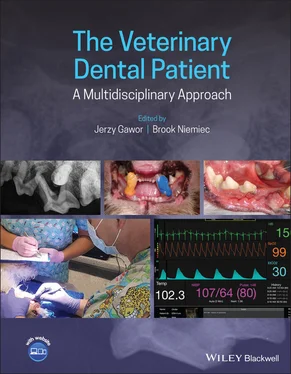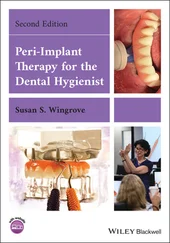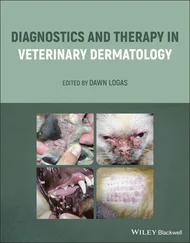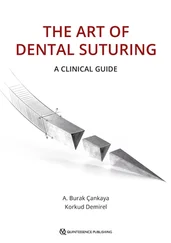A complete examination can only be completed under general anesthesia, but examination of the conscious patient can yield vital information that can help create the initial treatment plan and client estimate ( Figure 4.9).
Even the best veterinarian may not practice their dental skills if the owner does not give permission. The client needs to understand the pathology and the reason for therapy. The technician plays a vital role in providing this education.
The treatment plan should be itemized and must be as accurate as possible. The technician should go through it with the client, explaining the reason for and value of each item. For example, preanesthetic blood work can sometimes locate systemic problems that have a bearing on the anesthesia protocol, as well as determining the patient's anesthetic risk. Dental radiographs are necessary to determine whether there is pathology that is not visible to the naked eye.
Explaining the treatment plan line by line helps the client understand the need for and importance of the treatment. Clients can see and understand pathology more easily in pictures, models, and videos than directly in the oral cavity of their pet. The treatment plan should also address the patient's anesthetic risk level and explain the precautions necessary for a positive outcome.
It is good practice to provide a treatment plan or estimate to the client prior to every procedure. This prevents distress over unexpected expenses and helps the client understand that the procedure is important to their pet's health. Providing an estimate in advance can also help the client make arrangements for payments.
An exact treatment plan cannot be determined on a conscious patient, but a close estimation can be created from the oral exam. The veterinary technician/nurse should explain that the treatment plan is only an estimate and that a more accurate one can be prepared once the animal is under anesthesia and a complete oral exam and dental radiographs have been performed.

Figure 4.9 Client estimate, prepared based on a filled‐in dental chart.
Creating an estimate that is higher than anticipated can have a twofold benefit. First, it provides for an allowance if the periodontal disease turns out to be more advanced than is thought from the initial exam. Second, the client may be pleasantly surprised to receive a lower bill than expected. If the client would like a more precise estimate prior to the procedure, a “worst‐case scenario” can be prepared, but this should be properly explained to them.
The veterinary technician/nurse should develop an understanding of the client's commitment and ability to perform home care, which will help develop the treatment plan (Bellows 1999). The veterinarian may thus plan to refer the patient to a dental specialist for periodontal surgery in order to save their teeth, or else to extract the teeth in the patient's best interest.
4.5.4 Oral Examination: The Anesthetized Patient
Prior to the anesthetic procedure, the veterinary technician/nurse should ensure that the operatory is prepared and check all parts of the anesthetic machine and monitoring devices. As stated earlier, a thorough oral examination can only be completed under general anesthesia ( Figure 4.10). The veterinarian and veterinary technician/nurse should work together to determine the best anesthetic protocol for the patient. The technician/nurse will prepare and administer the drugs for sedation and induction and perform preoxygenation prior to inducing and intubating the patient. They will then induce anesthesia with the assistance of the veterinary assistant or another veterinary technician/nurse. (In some countries, nurses are not allowed to induce anesthesia, so the veterinarian will have to do it themselves.) The technician/nurse must ensure the patient is correctly connected to monitors and that heating devices have been properly placed and the patient is at a surgical stage of anesthesia prior to beginning the oral examination.

Figure 4.10 Anaesthetised animal assessment.
One of the most common reasons clients are resistant to dental procedures is the fear of anesthesia. It is important to explain that each patient will be fully evaluated and the best protocol will be used for their particular needs. It is also reassuring for the client to know that a dedicated anesthetist will be on hand during the entire procedure. The anesthetist will closely monitor the patient, ensure they are kept warm to prevent hypothermia, and keep detailed records of the anesthesia event.
A veterinary technician/nurse who has received a decent amount of dental training should perform a thorough examination on each tooth in the oral cavity while the veterinary assistant records the findings on a dental chart. Each tooth should be evaluated for gingivitis, periodontal pockets, gingival recession, mobility, and furcation involvement (on multirooted teeth). Any extra or missing teeth should be noted, along with abnormalities. This chart will be presented to the veterinarian along with the dental X‐rays to allow them to assess potential problem areas and develop a more detailed treatment plan.
The veterinary technician/nurse will also take the dental X‐rays. It is highly recommended that full mouth X‐rays be taken for every pet every year. The veterinary technician/nurse must be provided with training in order to successfully take diagnostic X‐rays in a timely manner and must be able to assess whether the position and technique of radiography are correct. In more advance practices, the veterinary technician/nurse should assist with other imaging modalities such as CT scan, CBCT, MRI, and contrast studies.
4.5.5 Professional Dental Cleaning
Professional dental cleaning should be completed by the veterinary technician/nurse. They must have knowledge of how to properly and safely use each instrument involved in the procedure and must continually evaluate and train the rest of the staff on the proper techniques in the dental operatory.
The full step‐by‐step cleaning procedure will be addressed in Chapter 20. For now, it is important just to remember the gold standards of cleaning and polishing. In this section, therefore, we present a few helpful tips on how to perform efficient and effective dental cleaning.
Gross calculus can be removed by using a calculus removal forceps. Ultrasonic or sonic scalers are useful for removing the remainder of the supragingival calculus deposits. The instrument should be grasped lightly in a modified pen grasp, with the handpiece balanced on the index or middle finger ( Figure 4.11). The instrument, not the hand, must be allowed to do the work – the hand is merely a guide. The handpiece should be used with a light touch and with minimal pressure, keeping the tip moving on the tooth. Stopping in any one area can cause damage.
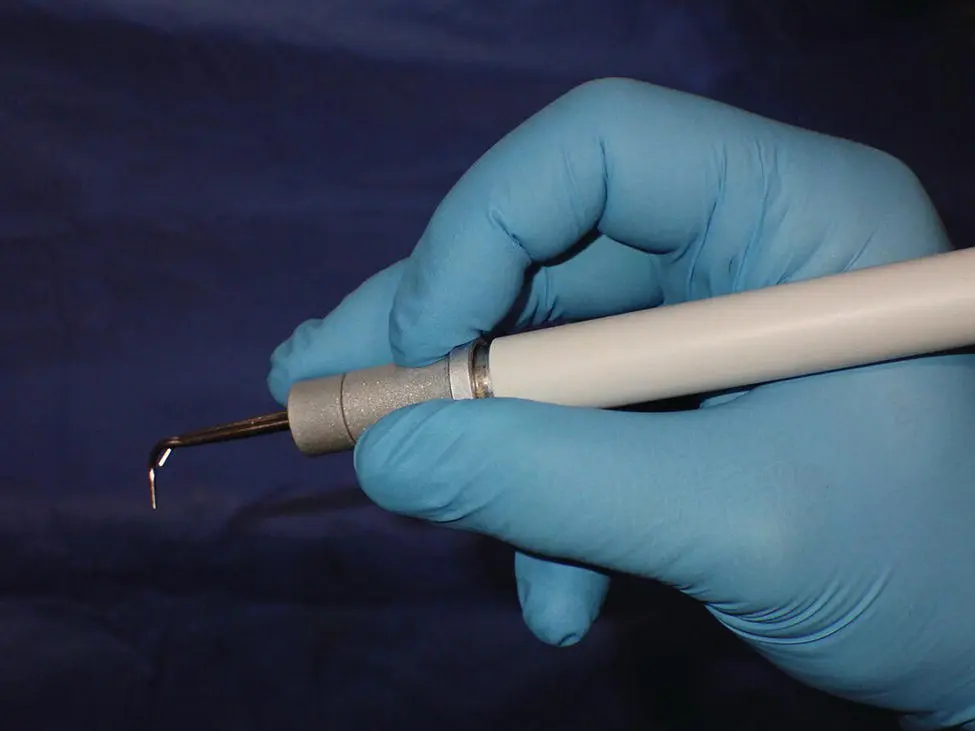
Figure 4.11 Modified pen grasp of a scaling handpiece.
The side of the wide tip (beaver tail) should be used for cleaning and held parallel to the long axis of the tooth. Never hold the tip at a 90° angle to the tooth surface as this can damage the tooth and provides less of a cleaning surface, making it less effective. Ultrasonic scalers can create a tremendous amount of heat. It is important to ensure that they have adequate water for cooling to prevent overheating of the tooth and potential pulp damage.
Читать дальше
